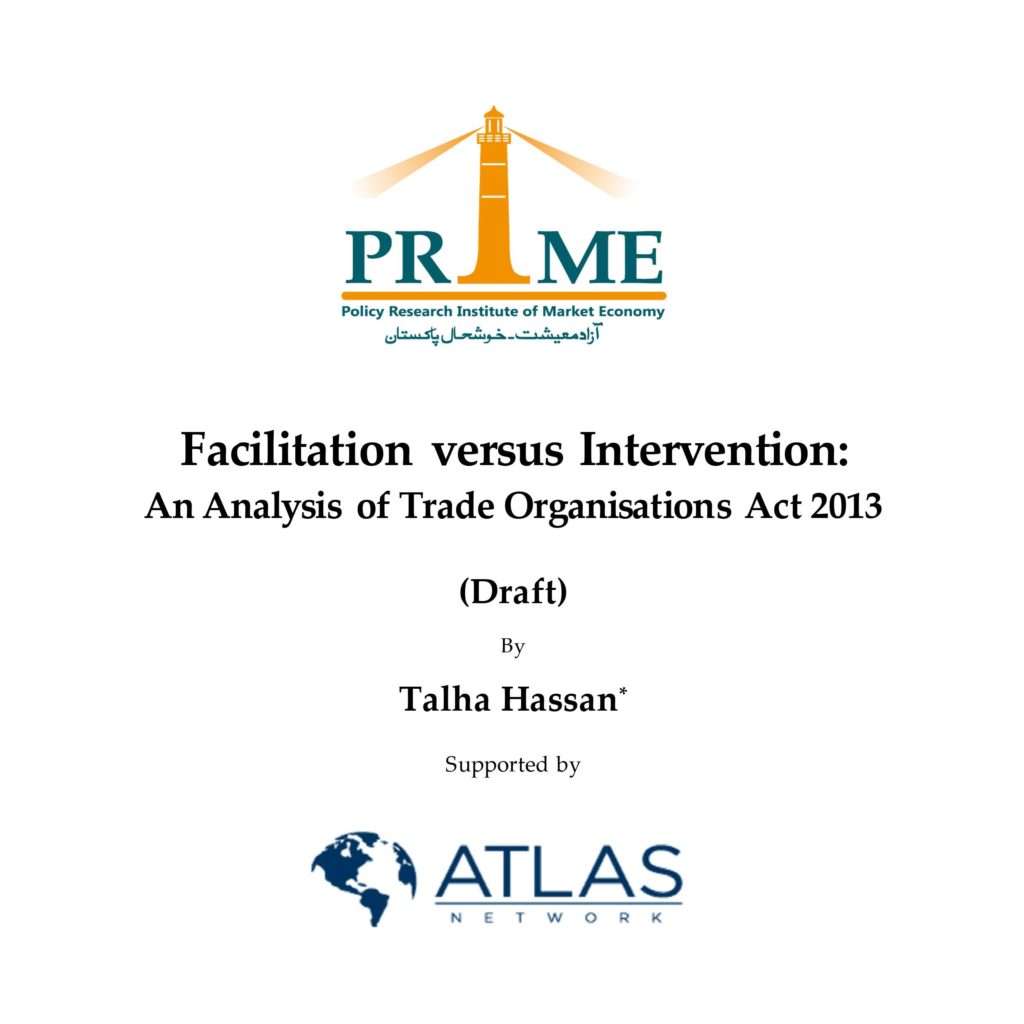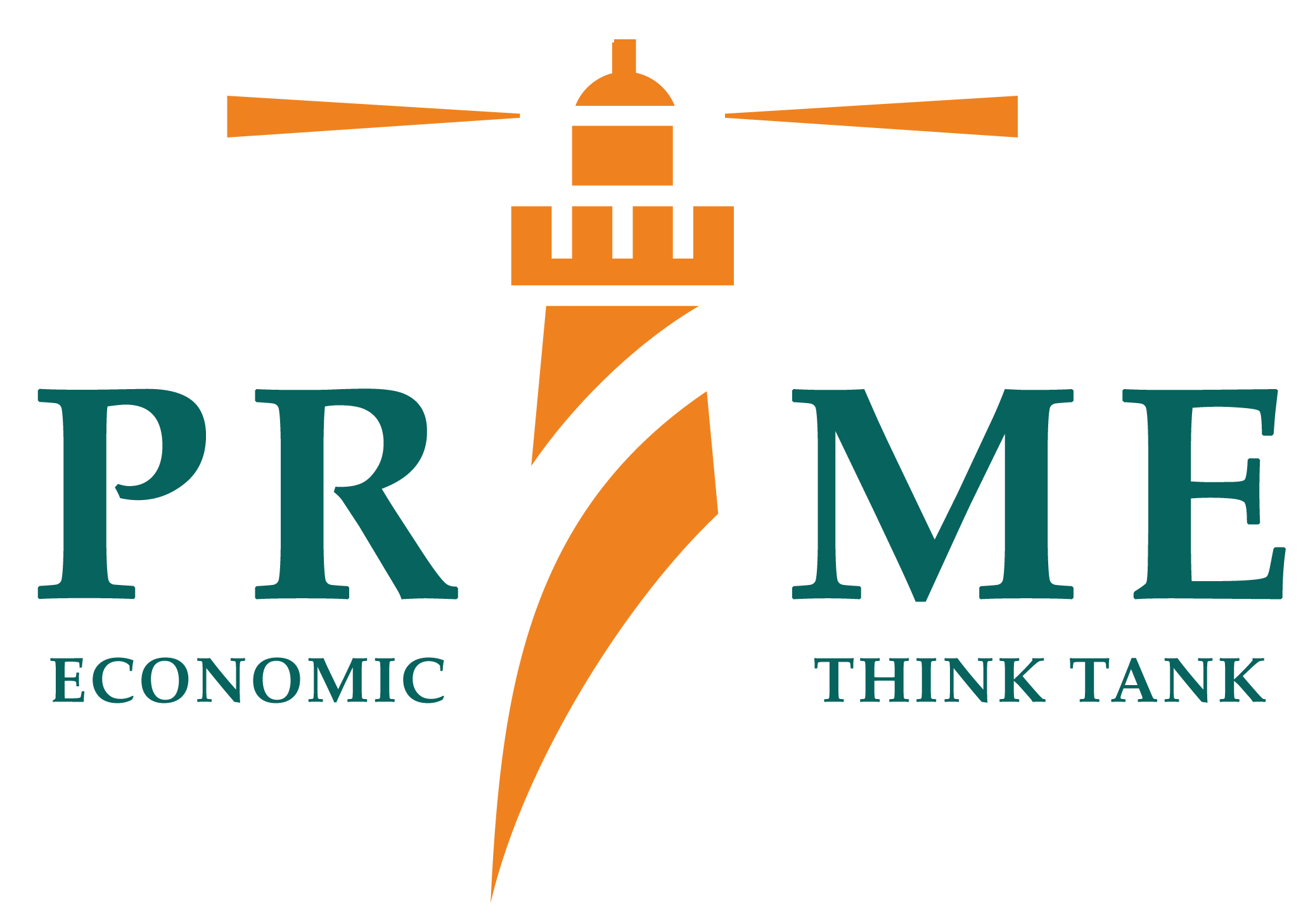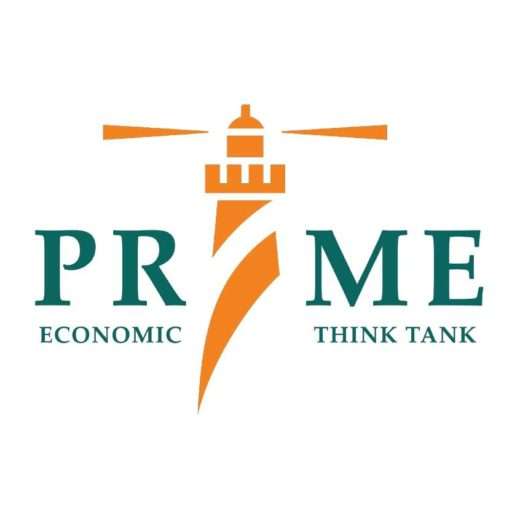Facilitation vs Intervention

Pakistan is amongst one of the few countries where trade organisations are regulated by the government.
In order to regulate these organisations, Trade Organisation Act was introduced in 1961. This act was later amended in the shape of trade organisations act 2013, with the main objective to frame rules and regulations for trade organizations. One of the main purposes of this act is to ensure appropriate representation of all businesses at all levels in business organisations. The act also focuses on defining the purpose, role, responsibilities and appropriate framework including code of corporate governance for trade organisations. The Director General Trade Organisations (DGTO) was established in 2007 as a regulatory body to implement the provisions of the aforesaid ordinance.
In the evolving business environment, which relies on market forces, there is an increasing need for stronger private sector participation in mounting national economies. In this regard there is a need of trade organisations, which can represent private businesses without government intervention. Such type of organisations can play a progressive role in advocating the needs of private enterprise through an effective dialogue with government.
A trade organisation is an organisation of business entities, joined together to serve their collective interests. Generally, companies, civic leaders and private business individuals voluntarily join these organisations to advocate their business interests on behalf of these communities. This type of associations exist on city, district, national and even international levels. A trade organisation can call itself by different names such as, chamber, federation of chambers etc. but they share a common ambition of promoting pro-business environment in their respective territories. The mission of these business-led economic development associations can be different, but to achieve their missions they set goals which are mostly similar, such as: building communities in their respective areas, improving business networks to reduce transactional frictions, representing their members on different platforms. Other common features of these organisations include: voluntary, self-funded leadership who work for the prosperity of member’s community by advocating enabling environment for their community.


